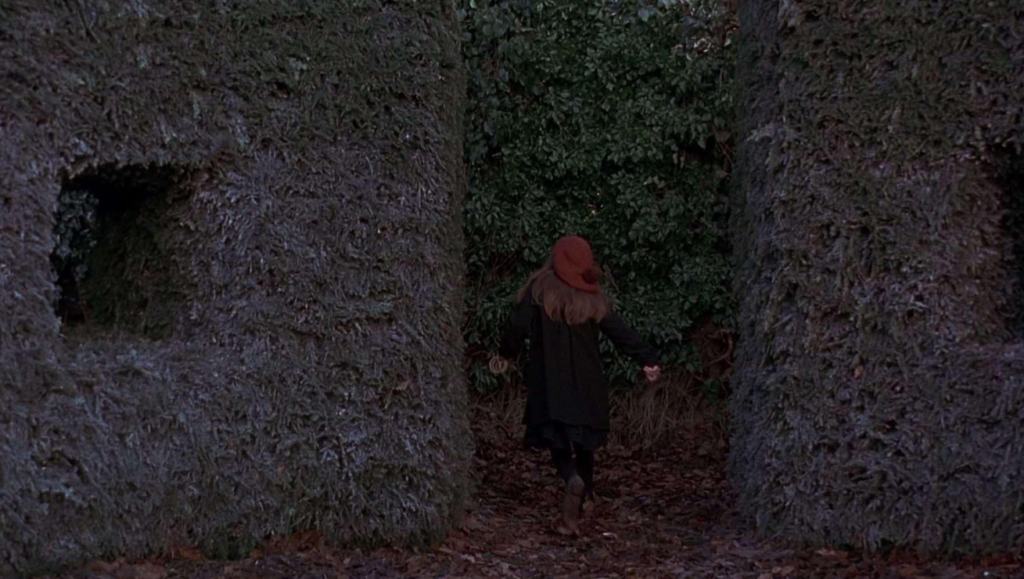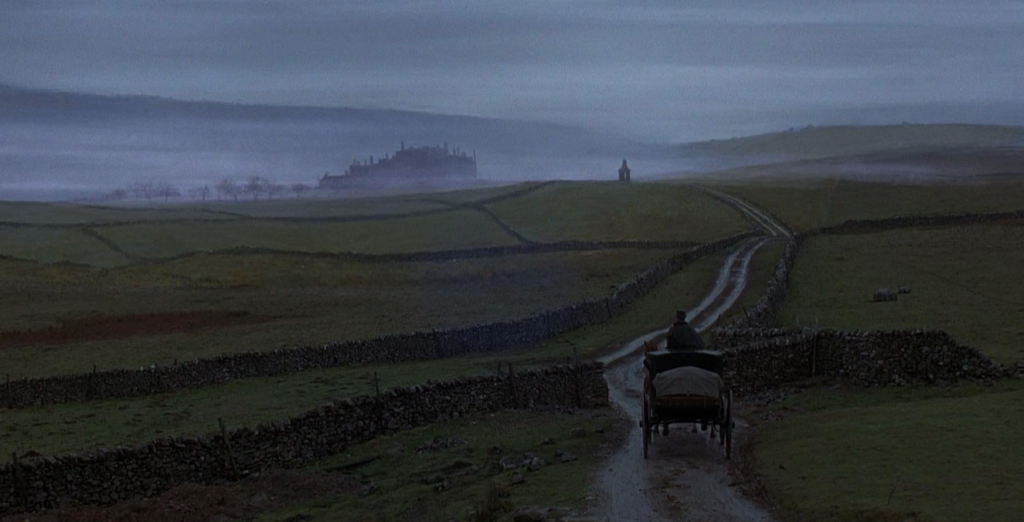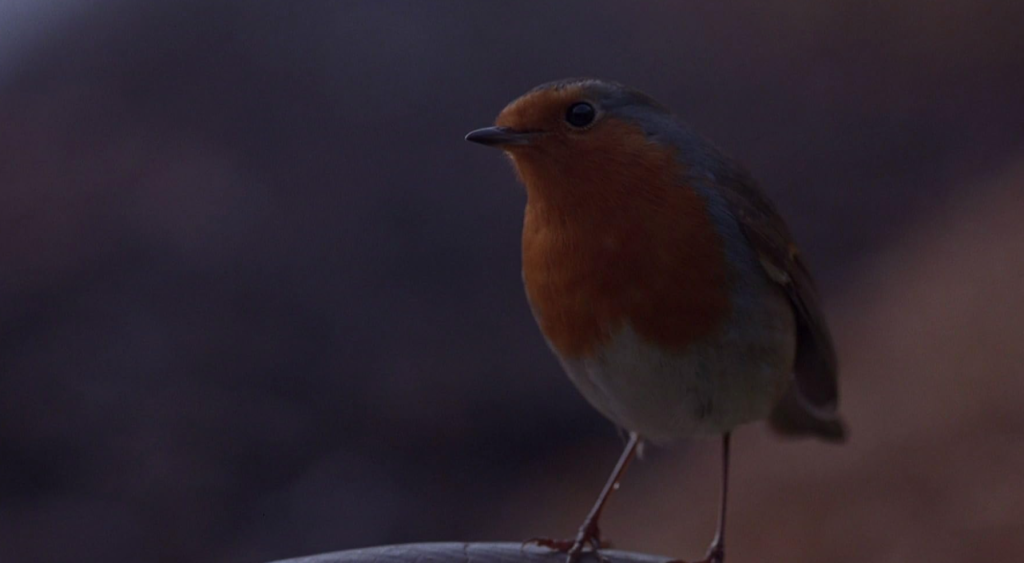The Secret Garden creates a form of social equality between its animal and human characters. Social equality is defined as someone not being discriminated against based on their class, gender, race etc and in this case species. The film is interesting because of the way the outdoors are depicted as a space where the differences between individual people and animals are put aside. When in the gardens for example Mary, Dickon and Colin play together without the class divisions between them being seen as an obstacle. This lack of usual societal structure has an impact on the representation of animal characters. Animals would usually feature at the bottom of social hierarchy from the perspective of most people. However in a setting where normal power structures are abandoned this allows animals to be viewed as equals to their human counterparts.

In the scene Ben the gardener (Walter Sparrow) tells Mary (Kate Maberely) that The Robin would like to be her friend. Ben speaks to Mary abruptly which is not what you would expect from a servant in the Edwardian period. This demonstrates his disregard for social rank which is relevant because it suggests he adheres to lack of social conventions in the outdoor world. From the way he confidently tells Mary that The Robin wishes to befriend her, it is clear that he believes he and the creature have a rapport. By attaching thoughts and feelings to the bird, it could suggest that Ben respects the creature enough to believe it has its own thoughts and feelings. It would also be fair to say that just because he attaches feelings to The Robin doesn’t mean he believes it to be his social equal. However the animal carvings on his hat and his general affinity with the outside world, because of his profession, suggest it is possible that he does view The Robin in this way.
Ben’s high regard for the bird adds to the film’s magical style because you would not expect a grizzly, old man like Ben to have such admiration and affinity for a creature. Although, disappointingly, it could be said that the film only makes an effort to present the human and animal characters as social equals because it adds to the magical style rather than attempting to improve the status of animals within media. This being because by having animals occupy a more sophisticated status (than humans generally believe they do in real life) it gives the film a whimsical, fantasy feel. Nevertheless, this use of the garden as space free on social barriers it still offers an intriguing perspective of animal-human relations.


Figure 3- Misselthwaite Manor Figure 4- Ben and Mary
When Mary skips up the path Ben is already crouched down to make himself level with The Robin. Although there are other reasons that he may do this, perhaps he can see the bird better, there is a sense that he bends down as a sign of the respect he has for the creature. Ben sets an example for Mary who addresses The Robin as she would a person. Ben’s confidence in the bird plays into Mary’s childish imagination. Many children hope that animals listen to them and Ben’s enthusiasm for the bird endorses what Mary may have already hoped to be true. By politely asking The Robin to show her the way to the secret garden, Mary keeps up the considerate and equal relationship Ben has created with The Robin.

The Robin has a clear autonomy within the film and chooses to lead Mary to the garden.While she is talking to him there are two wide-shots of the bird used to infer that The Robin is thinking of how to respond to Mary. This adds to the sense of social equality as Mary is not telling The Robin what to do like the dynamic of most human-animal relations rather she asks him and he decides to oblige.Other animals are depicted in a similar way such as Dickon’s pony. The only aspect of this which is problematic is that real robins can’t understand human language or follow instructions. Therefore, the film only seems to be able to create social equality by putting human qualities onto The Robin rather than social equality being able to exist alongside animal and human differences.
Bibliography
Holland, Agnieszka, dir., The Secret Garden (Warner Bros, 1993)
IMDb, Figures 1,3-5, Digital Photographs, IMDb <https://www.imdb.com/title/tt0108071/?ref_=tt_mv_close> [accessed 14 January 2024]
The Movie Database, Cover Image, Digital Photograph, The Movie Database <https://www.themoviedb.org/movie/11236-the-secret-garden/images/backdrops?language=en-GB> [accessed 14 January 2024]
Warner Bros, Figure 2, Video, Warner Bros <https://youtu.be/1zeqqhA5Z3A?si=Qf_WIgnlLSX98akw> [accessed 14 January 2024]
